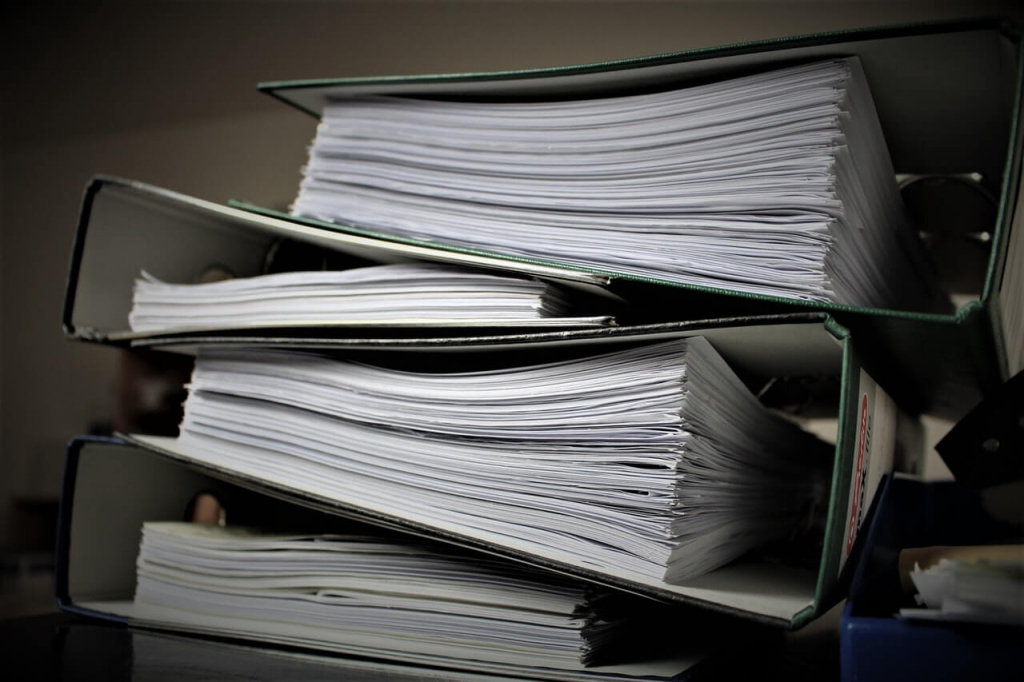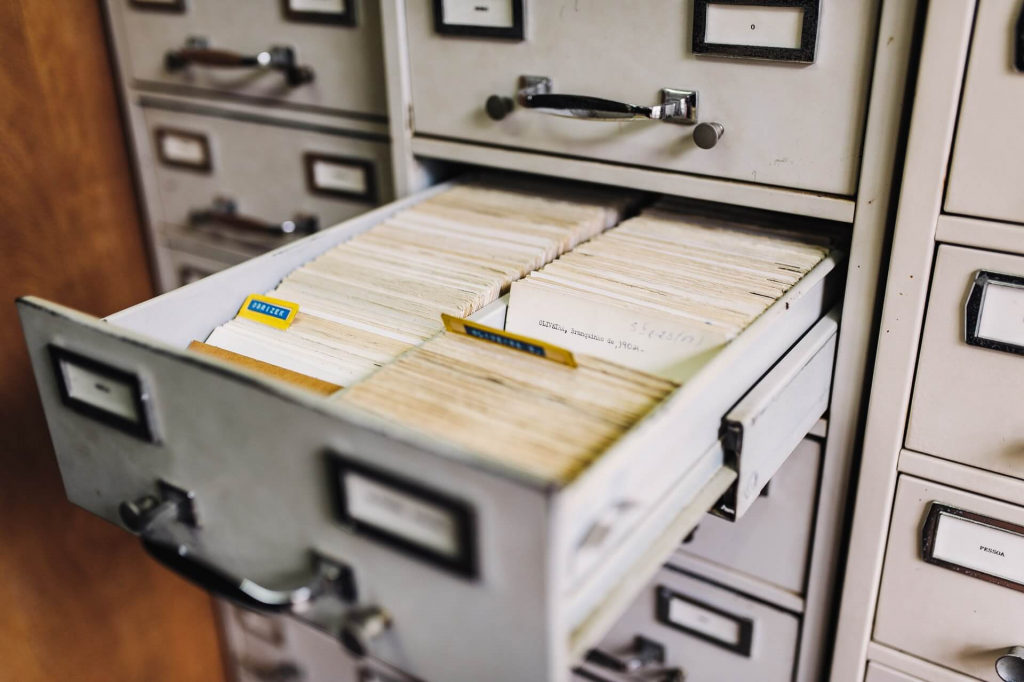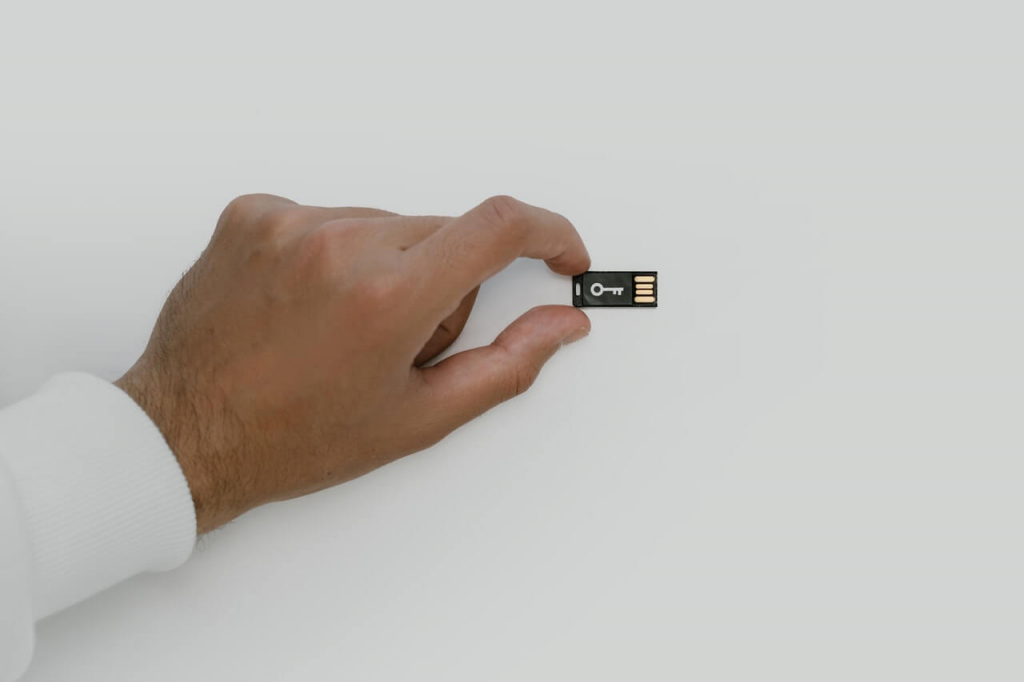A landlord has a lot of things to deal with in this business. It is not only about buying properties and receiving rent payments. The job has more to it than just waiting for the money to come in. One trait of a good landlord is the ability to organize. This venture will involve a lot of vital documents that you must keep. There are lease agreements, receipts, and checklists included.
It can get overwhelming sometimes, but if you have a systematic way of organizing, you can handle it. If you do not know where to start, you have come to the right place. I am going to give you tips on how to be organized.
Keep a Record of Everything
Keep a log of everything because that might be helpful in the future. Document all your transactions and do not delete any emails or messages from your tenants to have as proof. You can use these as a reference if there will be misunderstandings.

• Before Renting
During tenant screening, provide the potential renter with the application form and your contact number. They can reach you through this for any questions they might have.
• Moving In
Once you found the tenant for you, you can now proceed to prepare for the upcoming lease. I suggest that you come up with a checklist of the things you need to do before the move-in day. Things like having them sign the lease and handing them the keys are some examples.
You can also provide your tenants with a move-in packet which will include:
- A copy of the lease agreement
- The receipts for the security deposit and the month’s rent
- A copy of the property’s inspection report as a record of the house’s condition before they move in
- List of means to contact you (calls, SMS, emails, etc.)
- List of numbers they can call in case of emergencies
It’s not necessary, but you can include giving them a list of things to do and places to visit around the area. It will help them feel welcome.
Make sure that you go over the lease with your tenants before they move in. They may have clarifications, so this is their opportunity to ask you.
Systematic Filing
You have to come up with a filing system that will work for you. I will list down some examples.
• Tenant
You can file your documents per tenant and must include everything related to them. There will be one file for the signed lease agreement, invoices, complaints they made, and all the documents with their information.
You will gather several documents in the course of their stay and you must keep all of them. Who knows? You might need to use some of it one day.

• Property
One category you can use for filing is categorizing them by property. You can include the title deed of the property, insurance policies, and receipts for any repairs or upgrades done. If you hired professionals to do an inspection, keep the receipts and reports from that too. Everything that had everything to do with the property must be kept.
• Copies
It is not enough to keep one copy of each document because once you lose it, you will have a difficult time getting another one.
It is good to have digital copies of your files because you can access all these on your computer. They will be your backup files. You can have separate folders by category to still keep it organized.
Using technology can also help you with your taxes. You can use a spreadsheet and record all your expenses for your properties, like payment for repairs or purchases you made for renovation. You can even include your payment made to Padleads when you register and create property listings. The details of these expenses must be complete and specific. Make sure to use passwords to avoid letting someone access these files.

Being organized is not limited to documents and filing. You have to be on top of things all the time. For example, if you plan on going out of town, inform your tenants and provide them with other means to contact you. You can also utilize calendars in scheduling your appointments so you will not have to miss anything.
Your filing technique will depend on your comfort. You can have it alphabetized, color-coded, or something else entirely, but it has to be organized.